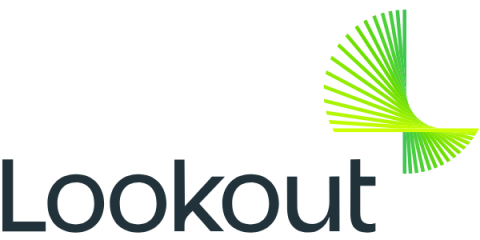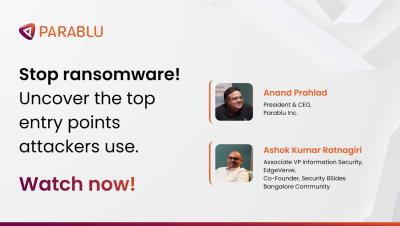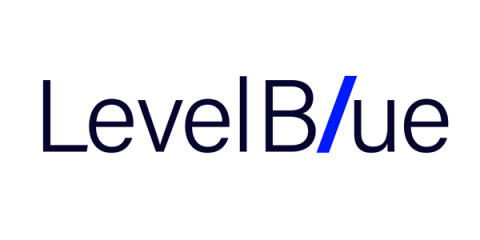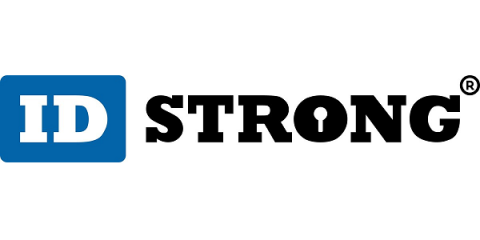CVE-2024-4879, CVE-2024-5178, CVE-2024-5217: ServiceNow MID Server Vulnerabilities Resulting in Unauthorized Code Execution
On July 10, 2024, ServiceNow disclosed a series of critical vulnerabilities impacting their platform, identified as CVE-2024-4879, CVE-2024-5178, and CVE-2024-5217. These vulnerabilities were responsibly disclosed to ServiceNow in May 2024 by Assetnote, a cybersecurity firm. ServiceNow responded by patching hosted instances in June 2024.








